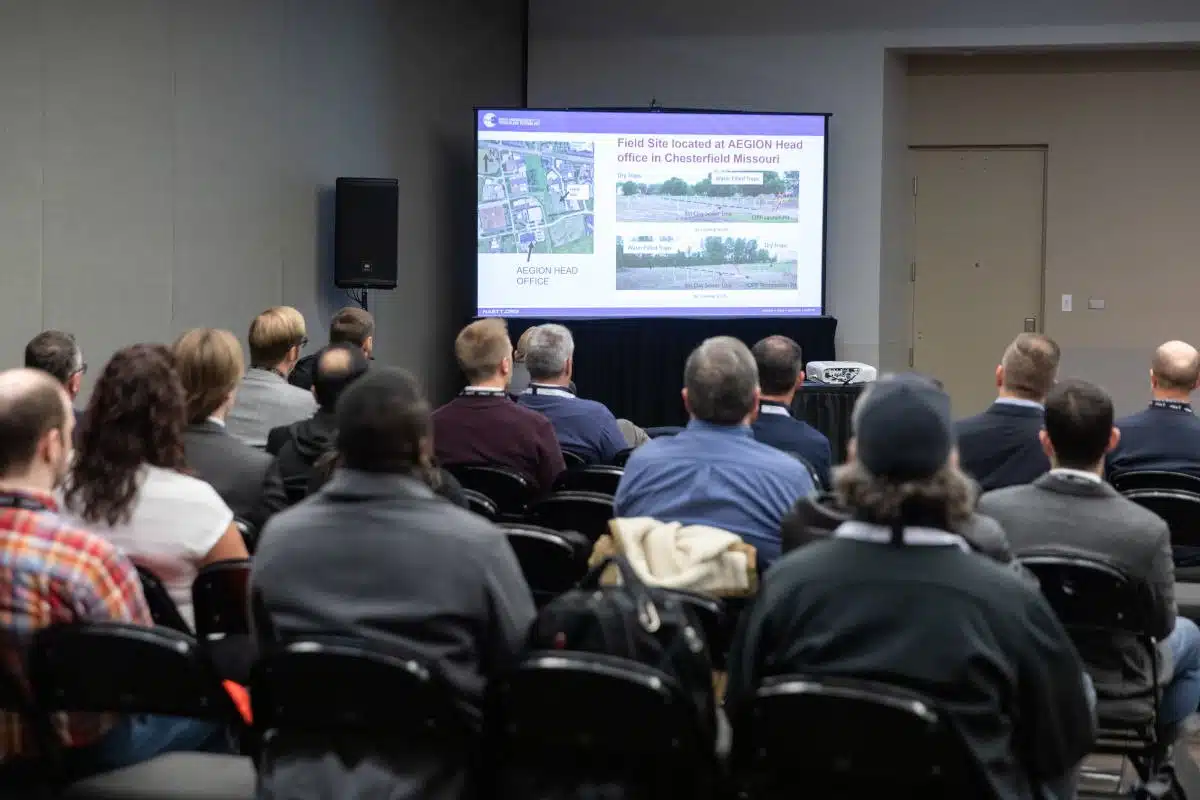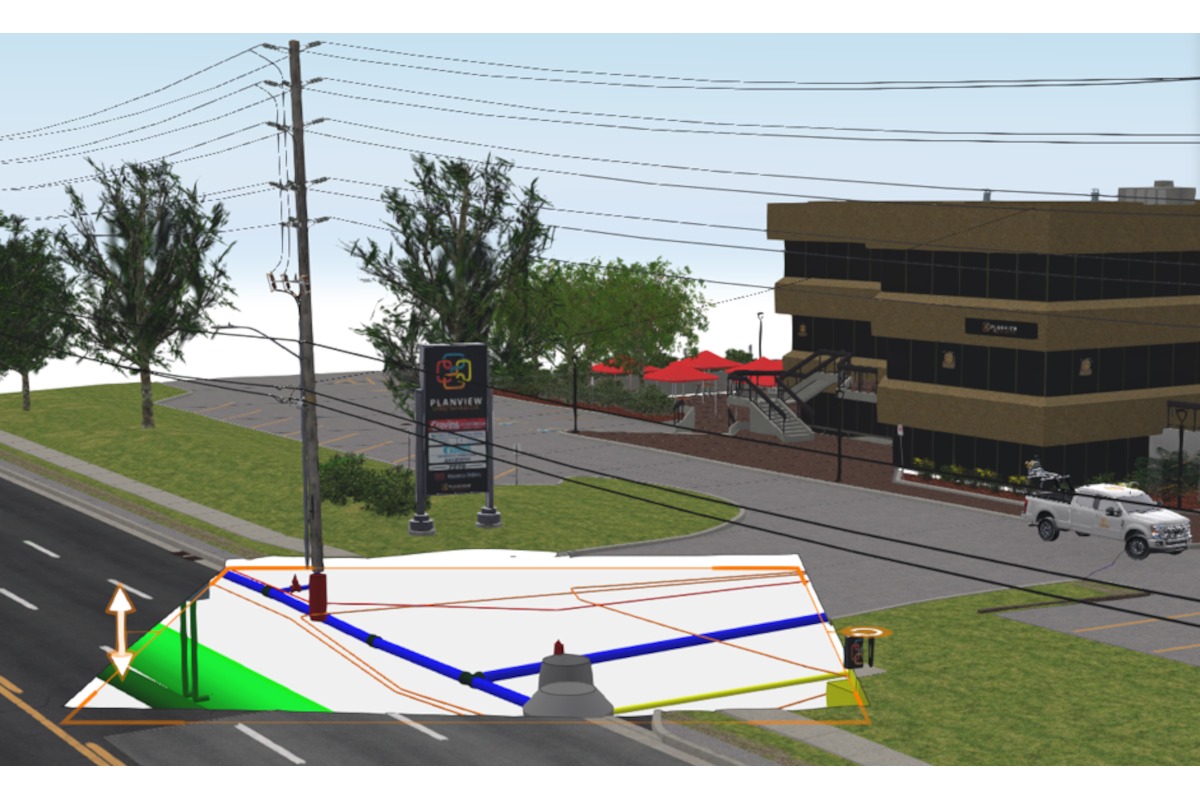
Trenchless After Hours: Ain’t No Mountain High Enough for R.V. Anderson Associate’s David Crowder
April 13, 2016
From a young age, David Crowder had a fascination with mountains. More precisely, he was keen on mountain climbing.Unfortunately, growing up in Toronto, there weren’t many mountains to feed young Crowder’s adventures so instead he turned to his local library and a subscription to National Geographic to quench his thirst for mountaineering knowledge. It is through these conduits that he learned of the exploits of Sir Edmund Hillary (first to conquer Mount Everest), Achille Compagnoni and Lino Lacedelli (first to conquer K2) and Reinhold Messner (the first to conquer Mount Everest without supplemental oxygen), to name a few.
RELATED: Trenchless After Hours: Going Off-Piste with AquaRehab’s Georges Dorval
Armed with this information, Crowder, a trenchless practice leader for R.V. Anderson Associates Limited, would imagine the best route to reach a summit as he whizzed by mountains while on holiday with his family. These trips often involved skiing, and once on the slopes, Crowder was the chap making his way to the highest spot possible just to say that he could. It wasn’t until a ski trip out west to Banff, Alberta, with his family that Crowder saw his first “true” mountain range.

David Crowder at a rest stop on the Riffelhorn, a mountain in the
Swiss section of the Pennine Alps, located south of Zermatt in the canton of Valais, Switzerland.
Learning to Climb
“When I became a teenager, I learned rappelling and rock climbing from the Boy Scouts,” Crowder says. “When I was 19, I joined the Canadian Army Reserves in Toronto as a combat engineer. I had the opportunity to learn more advanced rappelling techniques including rappelling off of towers, buildings and cliffs.”
This training — rappelling from 10 m towers to and practicing rescue techniques — was necessary because as a combat engineer, Crowder was often tasked with building bridges, A-frames or anything necessary to move military equipment from precarious positions.
RELATED: Trenchless After Hours: Sewer Princess Rules the Flat Tracks
It is through the Army and work that Crowder amassed a group of friends who share his passion to climb. Before work and expanding families took top billing in their lives, these adventurers would trek across North America on climbing adventures. The group has tackled Mount Rainier, Mount Adams, Mount Shasta and Mount Hood to name a few.
At this point in their lives, the group dedicates one week a year to what Crowder refers to as, “Their adventure training.” The typical group size is three to five but some adventures include seven members. When climbing in North America, the group relies on their skill, military training and years of experience; trips abroad require the assistance of a guide who knows the local terrain.
Though his Army training exposed Crowder to rock climbing, he says that form of climbing does not interest him. He prefers mountaineering with full climbing packs and all of the equipment needed to survive on the mountain. This includes a variety of clothing, ropes, body harnesses, rescue equipment, tent, sleeping bag, portable stove to melt snow into water and freeze-dried foods.
“I enjoy the expedition climbing. My friends and I pick a mountain, research the climbing routes and the best time to climb,” Crowder says. “One thing that I really enjoy is climbing and living on glaciers.”
He adds, “Most of our climbs are done in the summer months, so it’s 80 degrees in the parking lot, but by the time you get to elevation, you’re living in winter conditions.”

David Crowder has amassed a group of friends who share a passion for climbing. Here the crew poses on the summit of the Breithorn at 4,164 m (13,662 ft).
The mountain is on the border of Switzerland and Italy.
Timing is Everything
The climbing crew allots about a week to the adventure, in some instances everything is perfect, they climb and they’re down in a matter of days. Other times it takes the entire week.
RELATED: Trenchless After Hours: T2ue Extracurriculars Focus on Team Building
When the group climbs a mountain like Mount Rainier, they acclimatize at 3,048-m.They sleep during the day and practice rope rescue techniques. Summit climbs begin at night, as the snow freezes, which makes it safer to walk with their crampons.
Because the climbs tend to take place in the summer months, the climbs have to begin early in the night, the team dons headlamps and begin their ascent. A turnaround time is set because when climbing above the clouds, the sun beats on the snow-capped mountain making the conditions more prone to an avalanche.
“We are always prepared for the worst and we always have turnaround time if we get to a point where we’re not where we need to be,” Crowder says. “We turn back because it is safer. There is always another time.”
Planning is paramount when it comes to climbing, as is training and Crowder has two forms of off-season training.
Being a Torontonian, Crowder and his climbing crew rely on manmade hills in the region for their Sunday morning spring training sessions. They grab their ski poles, don their packs and spend two hours each week traversing the hill. As the weeks go on, they add weight to the packs, to simulate an actual climb. This way, when that summer’s adventure time rolls around, their backs and legs are ready and eager to go.
If the climb calls for negotiating crevices, like on Mount Rainier, the crew practices its knots and crevice rescue techniques when they get on the glacier. That acclimation training takes about a day and is imperative in the event a rescue situation comes about.
Much to the envy of his climbing compadres, Crowder’s secondary training comes courtesy of R.V. Anderson.
“My job as a trenchless practice leader is the best job in the world — this is because I work and live the adventure just like the Army,” Crowder says. “I spend a lot of time in deep sewer tunnels — carrying out condition assessment surveys for clients [like the City of Hamilton, Ontario] where some of the manhole shafts are 26 m deep.”
This confined space work requires Crowder to wear a full-body harness and the work oftentimes happens at night, under low-flow conditions, when most people are sleeping.
“My friends are a bit jealous when I repel in a shaft, so I can rub it in,” Crowder says with great pride. “That is the adventure of my job. It is not all sitting in front of a computer and writing reports.”
Future Adventures
Reflecting on his statistics, most of the climbs are in the Western United States — Mount Rainier, Mount Hood, Mount Adams, Mount Shasta and Mount Whitney, which he hasn’t summited. Other trips included several mountains around Zermatt in Switzerland, Mont Blanc in France and Tuckerman Ravine on Mount Washington in New Hampshire.
RELATED: Trenchless After Hours: Ipex’s Jeff Phillips Enjoys Life in the Fast Lane
The pinnacle of Crowder’s climbing career is climbing in snow and ice in both Europe and on Mount Rainier, but as Crowder nears his 53rd birthday, he has two trips on his mountaineering bucket list — the Matterhorn and Monte Rosa, both in the Pennine Alps — that he hopes to hit in the next seven years.
“With climbing, there is no restriction for age,” Crowder says. “When I was climbing Mont Blanc, I saw people in their 70s and I was shocked and impressed because they were in perfect shape. It’s all a matter of training and planning.”
As for adding to his climbing crew, Crowder’s progeny are 12 and 17, and there is time to get them on the mountain. Some of that future interest could be rooted in a name. His son’s middle name is Rainier — after the mountain — and the proud father says both his children have expressed interest in the sport.
Mike Kezdi is associate editor of Trenchless Technology Canada.




